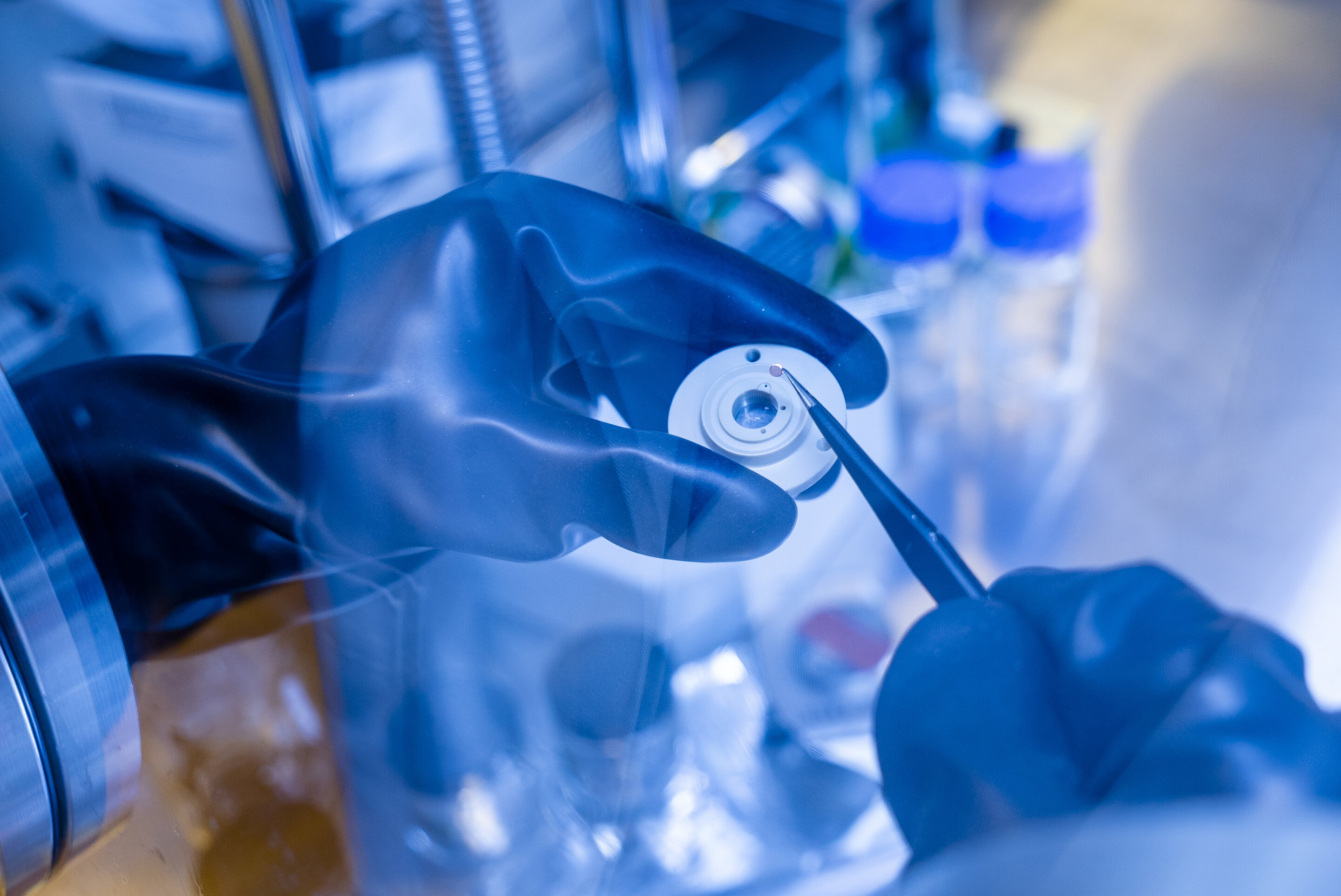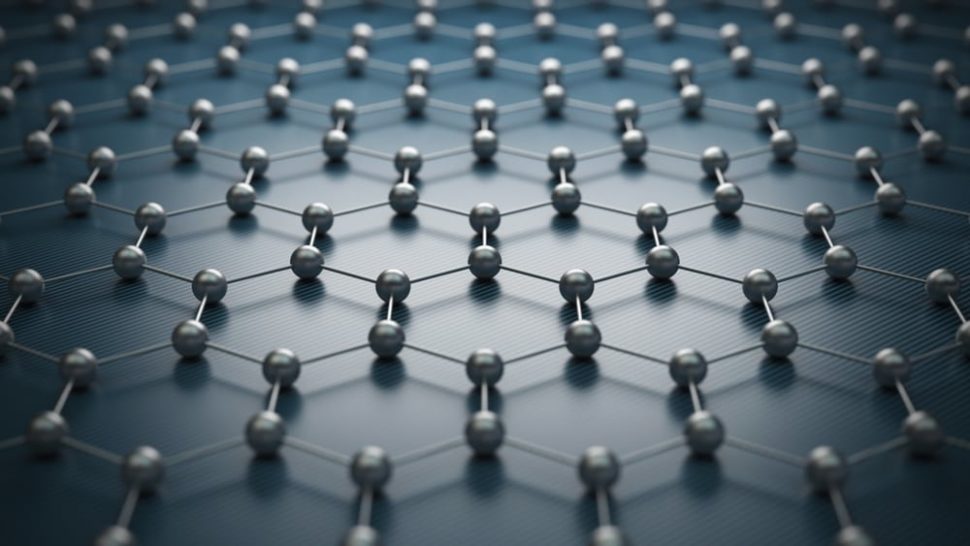The increasing dependence of systems on batteries has opened new possibilities in this kind of technology. earlier, batteries were only used where necessary or just as a backup. However, lately, especially with eh advent of sustainable electric vehicles, batteries have started to be more in demand. This also means that they must be designed in a way that makes the functioning smooth as a significant amount of the system needs to be dependent on it.
This is one of the reasons why scientists and researchers are working on developing new kinds of batteries that are more sustainable and more efficient. Recently, new technology has brought the capacity of sodium intercalation in standard graphite from 35 milliampere hours per gram to a staggering number of 332.

Graphene is the material in which progress has been made at Brown University. The method of using graphene to double the toughness of ceramic material was used to make solid-state lithium-ion batteries. Moreover, a graphene sponge was discovered that could help stabilize lithium-sulfur batteries. However, there were limitations that restricted the wide use of this material.
New research at the Chalmers University of Technology brought the idea to fabricate high-performance electrode materials for sodium batteries whose capacity could match today’s lithium-ion batteries. All of this will be due to the foundation material which is a kind of graphene called Janus.

“We have added a molecule spacer on one side of the graphene layer. When the layers are stacked together, the molecule creates larger space between graphene sheets and provides an interaction point, which leads to a significantly higher capacity Jinhua Sun gave this statement who is a researcher at the Department of Industrial and Materials Science at Chalmers. The researcher is also the first author of the scientific paper.
The research is published in Science Advances.


